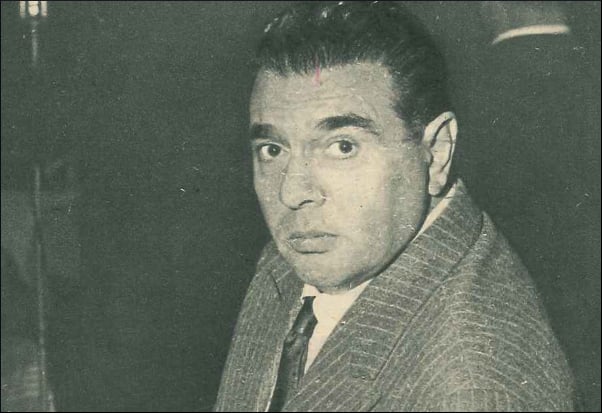
- O Mia bela Madunina
- Released in: 1935
Sung in an irregular Milanese dialect, this famous track praises the beauty of Milan.

Sung in an irregular Milanese dialect, this famous track praises the beauty of Milan.
“O Mia bela Madunina” is a tribute song written in 1935, by Giovanni D'anzi. It’s sung in an irregular Milanese dialect, and talks about the beauty of Milan. “Madunina” (Madonnina) is, in fact, the golden Madonna statue on top of the Duomo, and the singer refers directly to her: “Che te brillet de lontan / tutta dòra e piscinina, Ti te dòminet Milan” (Che brilli da lontano, tutta d'oro e piccina, domini su Milano). Here, we can see some of the features of the Milanese dialect, like the dropping of final vowels. The statue is personified and made into a symbol, a “motherly” protector of Milan.
In the lyrics, the city is described as a place of life and work, where “sòtta ti se viv la vita, se sta mai coj man in man” (sotto di te si vive la vita e non si sta mai con le mani in mano). To “stare con le mani in mano” is a saying that means “to do nothing,” as the gesture of one hand in another suggests. But Milan is also a city of music, which has nothing to envy from Rome or Naples. As the lyrics say, “A disen: 'La canzon la nass a Napoli' / e certament gh’hann minga tutt i tòrt / Mi speri che se offendarà nissun / se parlom on ciccin anca de numm” (Dicono : 'la canzone nasce a Napoli' / e certamente non han mica tutti I torti / Io spero che non si offenda nessuno / se parliamo un pochino anche di noi). “Non avere tutti i torti” (not being completely wrong) means the same as “aver ragione” (being right).

During the time of the song’s release, authors and singers from northern Italy were asked to cover Neapolitan songs because these were more melodic and well-known. Also, many people were originally from the South. In the years immediately preceding and following World War II, there was a great migration from the South to the North, as workers arrived to enlist in the newly emerging industries. Like the songs remarks, “Cantano tutti 'lontano da Napoli si muore' / ma poi vengono qui a Milano.” This underlines how departure was always difficult for migrants, and how industrial cities like Milan had to receive people from all over the Italian peninsula. Sometimes, this led to a quite strained coexistence between northerners and southerners. Yet, as the final lines remark: “Sì, vegnì senza paura / numm ve slongarem la man,” because “tutt el mond l’è on gran paes... / ma Milan l’è on gran Milan!” (Se venite senza paura, noi vi tenderemo tutto il mondo è un gran paese, ma Milano è la grande Milano). “Slongarem” comes from “allungare la mano” (stretch a hand), a sign of welcoming. Despite all, Milan has its own uniqueness! This song became very famous and to this day represents Milan for most Italians.